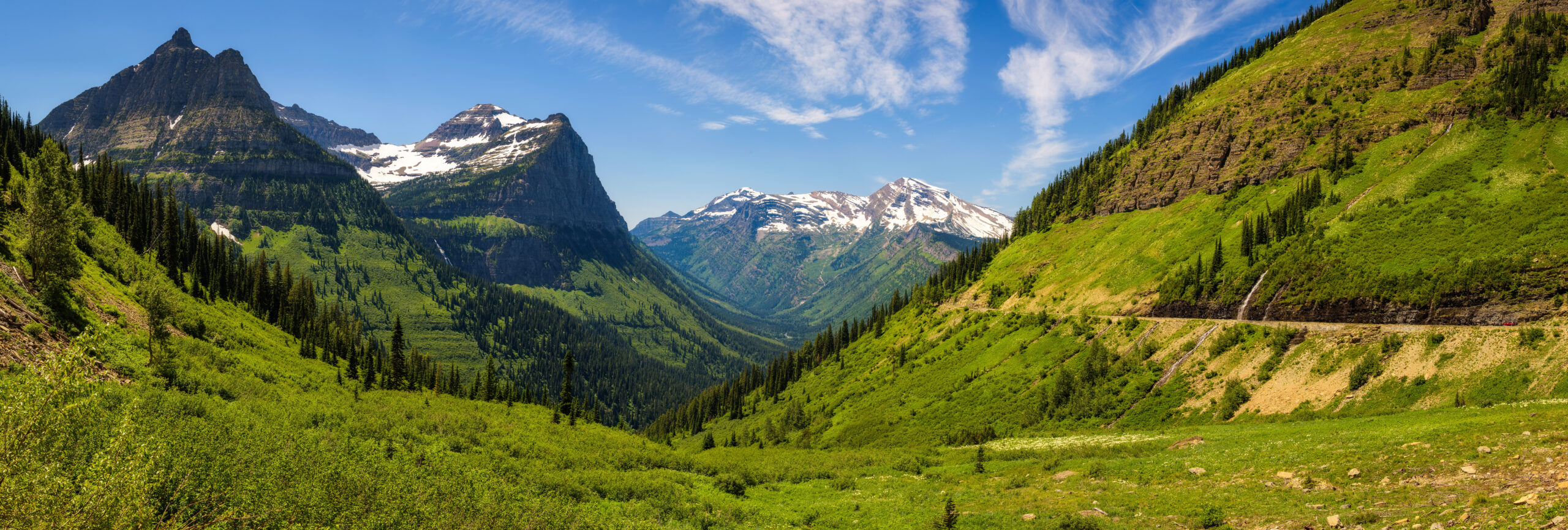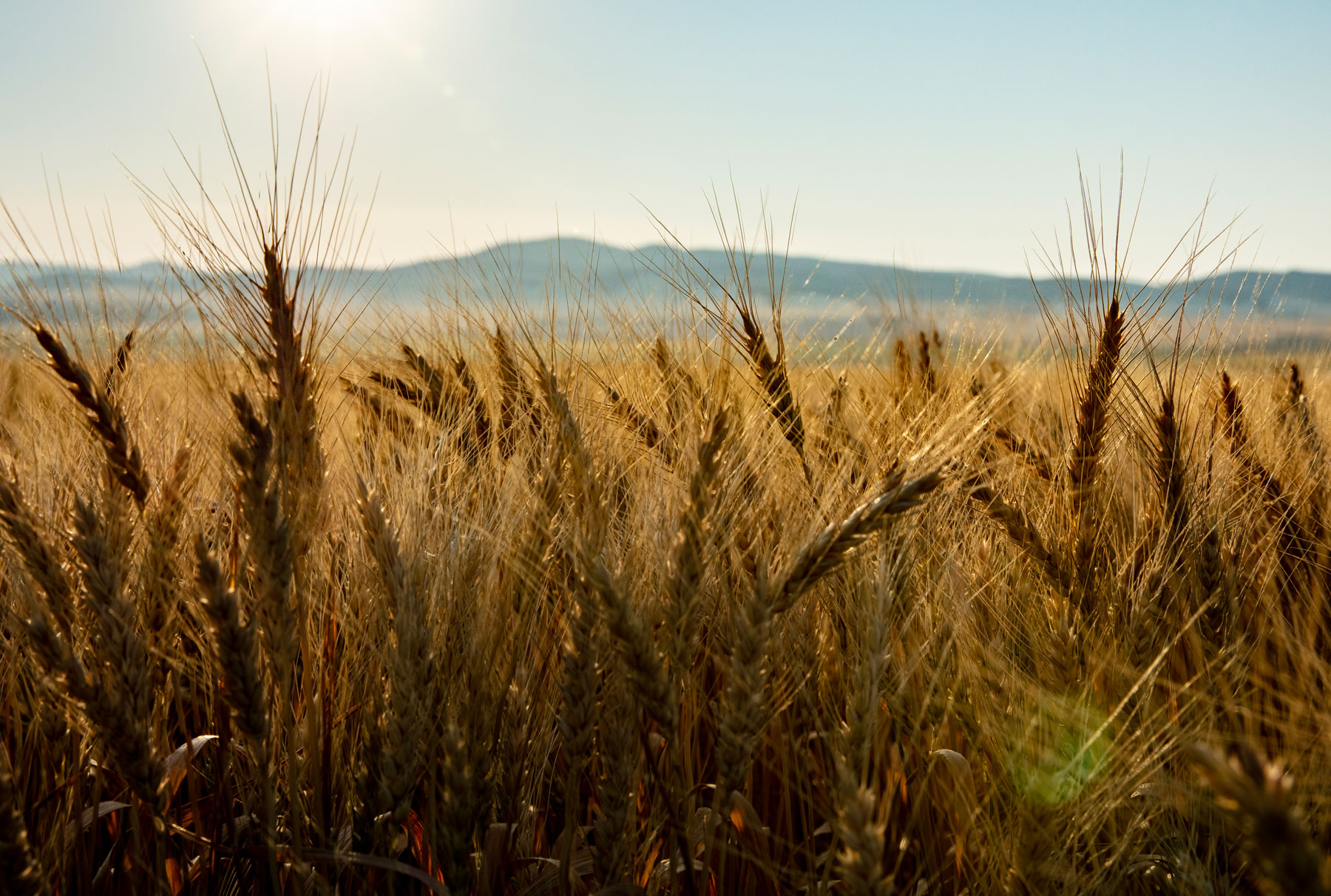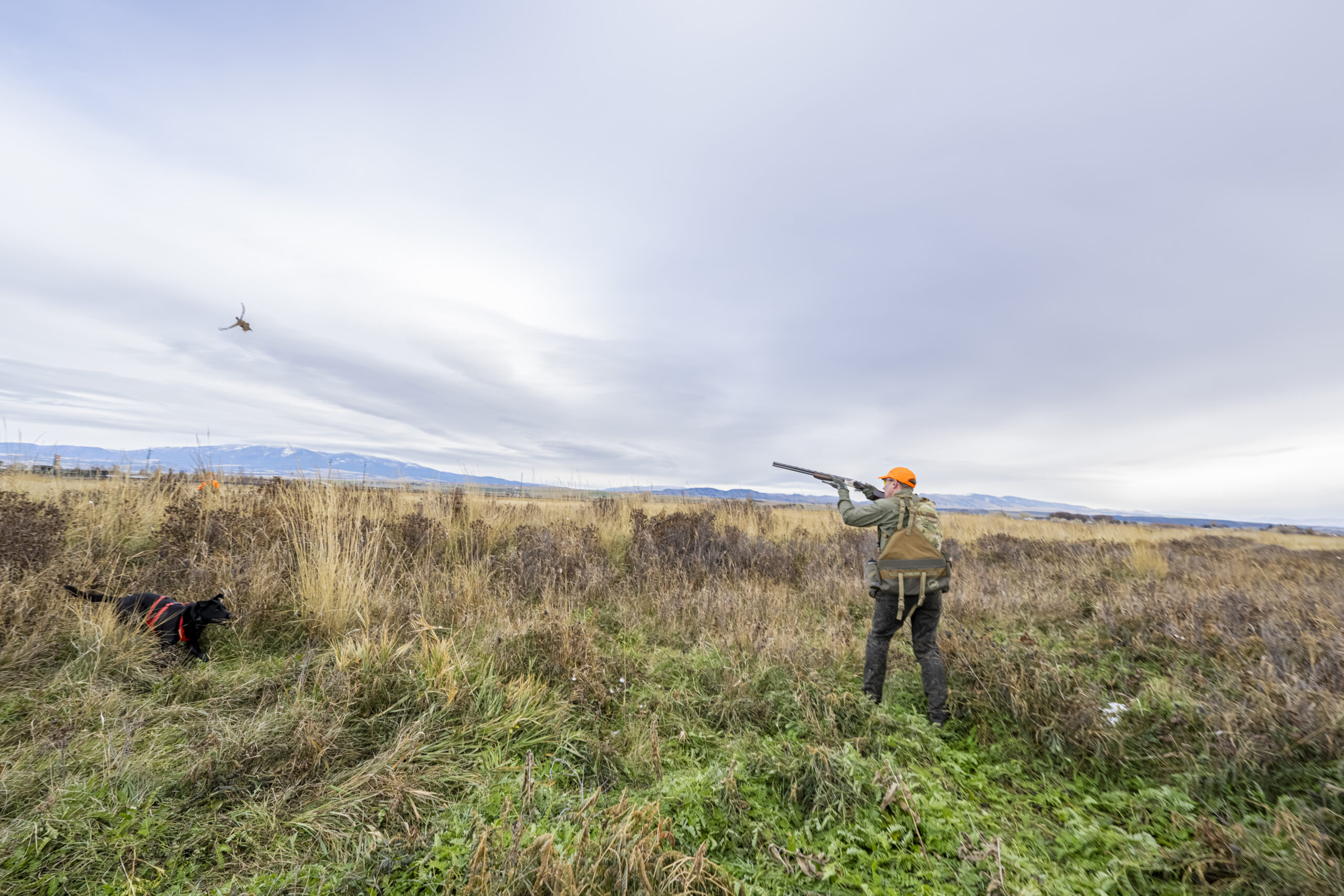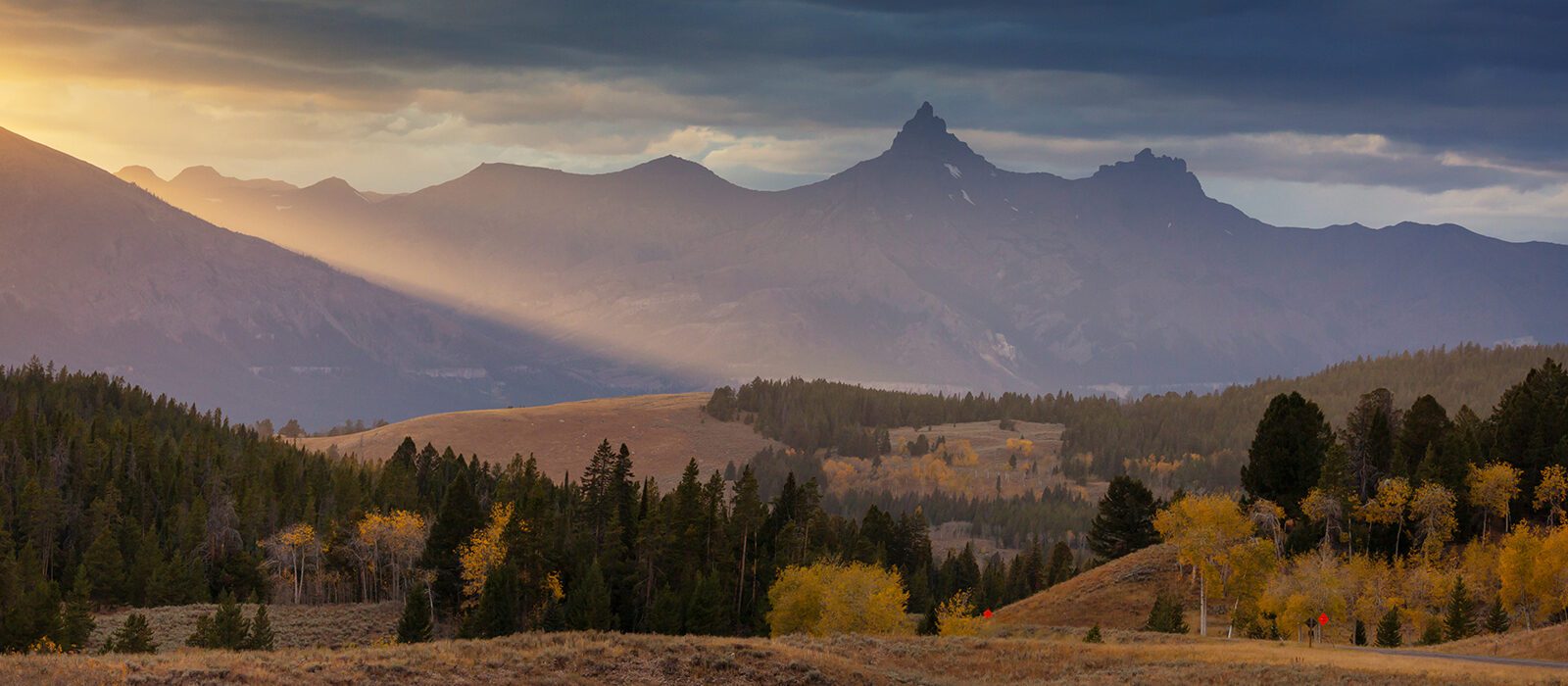Montana, It’s All About Elk
Montana is home to one of the largest elk populations in North America—more than 141,000 elk were counted by the Montana Fish, Wildlife & Parks (FWP) department in 2022. If you want to hunt elk, Montana is the place to be. Rocky Mountain elk can be found throughout the entire state of Montana from the mountains of Western and Central Montana to the cedar hills in the East. The Treasure State provides an ideal habitat for the American elk or Cervus canadensis, who have been present here for hundreds of years.
As long as there have been human inhabitants in Montana, there have been elk hunting traditions. Their nutrient-rich meat and warm hides have contributed to the success of many who have inhabited these lands. From the native tribes who relied on elk for their survival, to modern day outfitters that draw recreationists from around the world—elk hunting has always played an integral role in Montana’s culture.
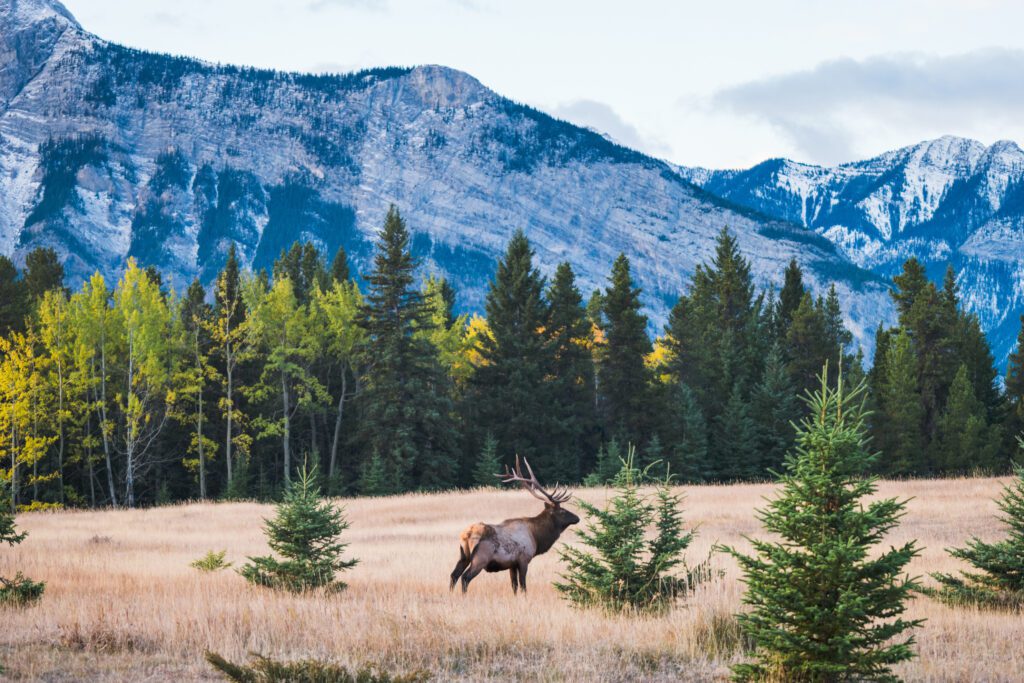
Big Game, Big Antlers.
As one of the largest terrestrial, or land-inhabiting mammals in North America, elk are one of the most sought after big game animals for hunters. Elk—or wapiti (meaning white-rumped deer) as they are called by the Shawnee and Cree tribes—are the second largest members of the deer family, and their unmistakable bugles make them the loudest by far. Living an average of 10-13 years in the wild, an adult male or bull elk reaches their largest size at approximately 7 years of age. Bulls weigh an average of between 700-1100 lbs. with a shoulder height of 5 feet on average. Female elk, known as cows, are smaller at 500-600 lbs. and have a shoulder height of around 4.5 feet.
Elk antlers—found only on bull elk (with the exception of rare hormonal imbalances that produce antlers on cows)—are especially impressive. At 55-60 inches long, over 5 feet wide, they can weigh as much as 40 lbs. when fully grown. Shed every spring, elk antlers can grow up to an inch a day during the summer when the sunlight impacts testosterone levels, making antlers the fastest growing bone in the world. The antlers harden into solid bone by September, and a fully grown adult rack can have six or more “tines”, giving rise to the term “six point bull”.
The antlers play an important role in the mating process—the larger the antlers, the more dominant and attractive a bull appears. During the mating season, known as the rut, in September and October, a harem of cows and calves will be protected by one or two dominant bulls. Bulls may lose up to 20% of their body weight during this time, as all of their energy is devoted to protecting their harem, rather than searching for food. Bull elk begin bugling during this time to advertise themselves to potential mates and to give warning to other males. Should another bull challenge the bugling elk, the animals will engage in an antler wrestling match until a winner is determined. Bugling also alerts hunters to an animal’s location and is imitated by hunters to draw elk towards them.
Finding Montana Elk.
You can find elk in a number of different habitats in Montana, ranging from coniferous forests with good tree cover, to open mountain meadows and grasslands. Elk seek habitats that provide shelter, security and good forage opportunities. Foraging for grasses, leaves, twigs and shrubs, and sometimes bark and pine needles, elk seek out areas with plenty of tree coverage but also areas that get enough sunlight to provide ample low-lying vegetation. More active when it’s cooler, elk will often forage early in the morning or late in the evening.
During the summer months elk can usually be found at higher elevations but will seek the cover and warmth of trees at lower elevations once winter sets in. Depending on the season, time of day and the weather conditions, you can find elk in a number of different habitats, including:
- Ridges heavy with timber that provide good cover as elk move in between grassy feeding areas and bedding sites.
- Wide and flat valleys, especially those with creek headwaters, that provide elk seclusion during the rut.
- Vegetation-rich creek bottoms that offer a place to cool down during a hot summer afternoon.
Understanding elk behaviors is the first step towards figuring out where to find them. Learn more about elk, their habitats and behaviors through the National Park Service at https://www.nps.gov/yell/learn/nature/elk.htm.
Elk, By The Numbers.
The United States was once home to as many as 10 million elk, but as Europeans moved westward in the early 1900s, the once thriving elk populations were drastically reduced. The settlers cleared elk habitats for farming and development and harvested elk both as a food source and valuable trading commodity. At their lowest levels right around the turn of the century, US elk populations numbered less than 100,000. Today, populations are once again thriving in the US and number around 1,000,000 across the country.
In Montana, the distribution of the 140,000+ elk is primarily in the western and central areas of the state (see map below). The herds consist mostly of Rocky Mountain elk, known for having the largest anglers out of all six subspecies of American elk. While there are far less elk in the eastern parts of Montana these days, areas such as the Missouri Breaks have a reputation for producing trophy elk of record breaking size.
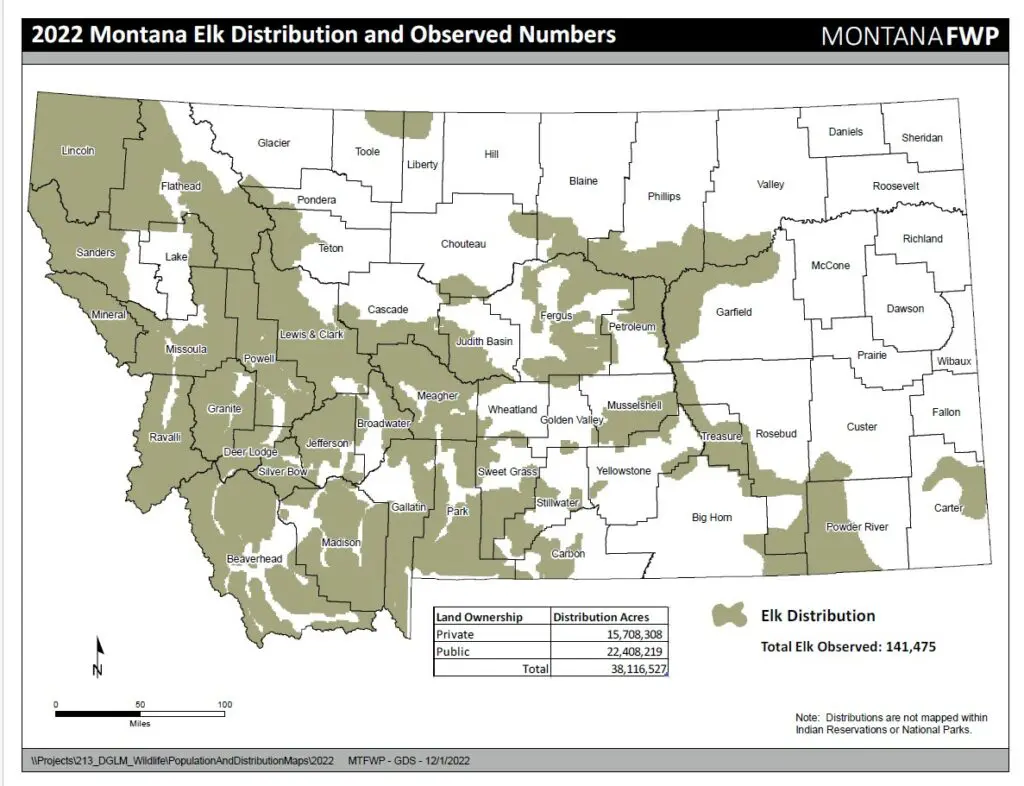
The once again abundant elk population is now carefully managed by the Montana FWP, and has been since 1978. The FWP annual elk plan prevents the over-harvesting of elk and provides a certain number of permits per year to meet hunting demand, at the same time keeping the population from reaching levels that may negatively impact the environment.
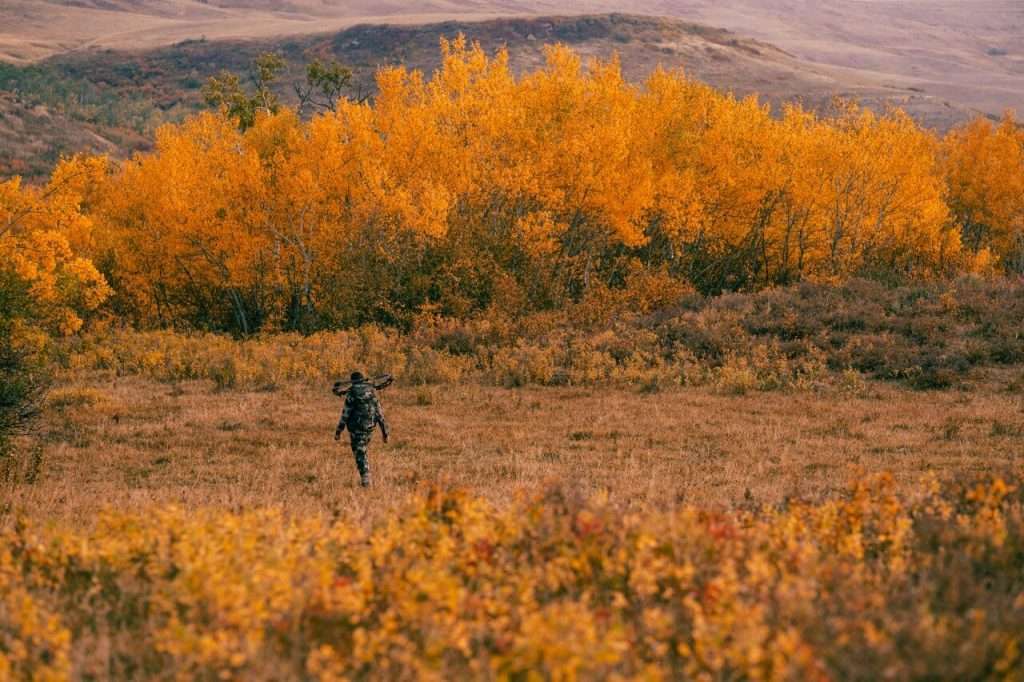
Hunting Elk.
Both residents and non-residents qualify for elk hunting permits in Montana (both general and special permits). Non-residents must first draw a general permit in order to potentially draw a special permit. Always be sure to have the proper licenses/permits for hunting elk, know the regulations for the specific district you are hunting in, and have permission to hunt on any land that isn’t public. To familiarize yourself with state hunting regulations from the Montana FWP, visit their website https://fwp.mt.gov/hunt.
The 2023 Montana elk hunting seasons are as follows:
- Archery: September 2nd – October 15th
- General Rifle: October 21st – November 26th
- Muzzleloader: December 9th – December 17th
Best of luck to all the elk hunters for the 2023 season. Looking for your own hunting property? Contact us to learn more about available properties that offer world-class elk hunting opportunities.




